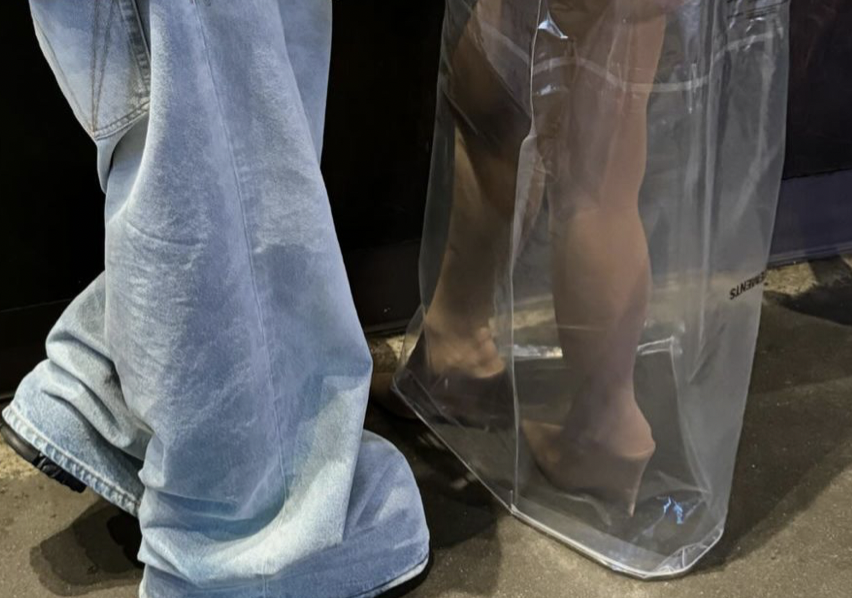
Comment Editor Yankie Chow explores the latest trend ‘Trashion’
Trashion, also known as a combination of Trash and Fashion, is becoming more and more popular among celebrities. Trashion has been seen on the runway for years, and has become more popular recently. Trashion pushes boundaries and allows the wearer to stand out in a crowded media landscape. It is also a display of environmentalism and creativity, allowing the designers to transform items into wearable clothing.
Trashion outfits are attention-grabbing and often go viral, keeping celebrities in the spotlight and relevant in public discourse
In the age of the rising usage of social media, standing out is more important than ever for celebrities. Outlandish and provocative outfits generate significant media coverage and social media buzz, attracting a lot of attention from the public. For example, Good Morning America star Ginger Zee showed off her clothes made from sustainable ‘trashion’ during the Tribeca Film Festival red carpet and posted it online, attracting a lot of public attention as fans poured into the comments section complimenting her trashion-designed outfits. Trashion outfits are attention-grabbing and often go viral, keeping celebrities in the spotlight and relevant in public discourse. Moreover, celebrities have the power to challenge and redefine fashion norms. By embracing ‘trashion’, they push the boundaries of what is considered acceptable or stylish. This trendsetting behaviour not only sets them apart from the crowd but also influences the fashion industry and inspires new trends that eventually trickle down to the mainstream.
Also, many celebrities are increasingly aware of the importance of promoting sustainability. ‘Trashion’ can be a way to advocate for recycling, upcycling, and reducing waste. Recently, combining trash and fashion in innovative ways has allowed both designers and celebrities to raise awareness for the issue of fast fashion. High-fashion brands like Stella McCartney and Vivienne Westwood created trashion-style pieces for a 2019 exhibition titled ‘Fashioned From Nature’, held at London’s V&A Museum. The pieces explored the intersection of fashion and environmentalism. Wearing clothes made from recycled materials or unconventional items highlights the importance of sustainability in fashion and encourages fans to consider their own consumption habits.
41% of the 2000 adults surveyed commented that they didn’t care about sustainable initiatives when buying fashionable apparel
Despite the popularity of trashion among celebrities, it still raises some criticism. There has been some protest in the industry regarding upcycling, the use of old clothes to make new pieces. Even though celebrities might influence how the public sees trashion, according to a recent survey by Kalesis Research, 41% of the 2000 adults surveyed commented that they didn’t care about sustainable initiatives when buying fashionable apparel. People didn’t know much about sustainable fashion and they didn’t really care about how trashion actually helps.
Of course there are celebrities, like Emma Watson, Pharrell Williams and Olivia Wilde, who consistently support sustainable fashion. Some of them, like Doja Cat, who was pictured recently using cling film as an outfit, experiment with trashion despite criticism. However, the comments and criticism might well be a reason why many celebrities started wearing trashion. The public discussion that such outfits create has brought them popularity, allowing them to exist at the centre of discussions surrounding fashion and environmentalism.
Therefore, celebrities’ obsession with ‘trashion’ is arguably driven by a combination of their thoughts about conserving the planet and their desire to merge trash and fashion, as well as their attempts to stand out from the crowd and to change the public view of what constitutes ‘fashion’.
Read more from Life&Style:
TikTok ‘Brain Rot’: How TikTok Is Changing The Way Gen Z Speaks
Comments